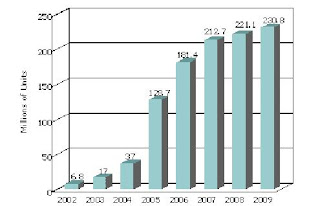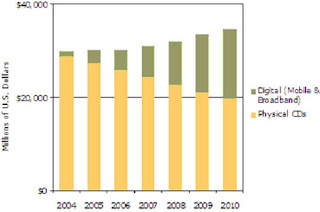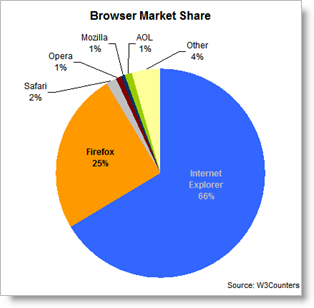
MEMO: December 1st
TO: ALL EMPLOYEES
I'm happy to inform you that the company Christmas Party will take place
on December 23rd at Luigi's Open Pit Barbecue.
There will be lots of spiked eggnog and a small band playing traditional
carols... feel free to sing along.
And don't be surprised if our CEO shows up dressed as Santa Claus to
light the Christmas tree!
Exchange of gifts among employees can be done at that time; however, no
gift should be over $10.
Merry Christmas to you, and your family.
Patty Lewis, Human Resources Director
MEMO: December 2nd
TO: ALL EMPLOYEES
In no way was yesterday's memo intended to exclude our Jewish employees.
We recognize that Hanukkah is an important holiday that often coincides
with Christmas (though unfortunately not this year). However, from now
on, we're calling it our "Holiday Party."
The same policy applies to employees who are celebrating Kwanzaa at this
time.
There will be no Christmas tree and no Christmas carols sung.
Happy Holidays to you, and your family.
Patty Lewis, Human Resources Director
MEMO: December 3rd
TO: ALL EMPLOYEES
Regarding the anonymous note I received from a member of Alcoholics
Anonymous requesting a non-drinking table, I'm happy to accommodate this
request, but, don't forget, if I put a sign on the table that reads, "AA
Only," you won't be anonymous anymore.
In addition, forget about the gifts exchange -- no gifts will be allowed
since the union members feel that $10 is too much money.
Happy Holidays to you, and your family.
Patty Lewis, Human Researchers Director
MEMO: December 7th
TO: ALL EMPLOYEES
I've arranged for members of Overeaters Anonymous to sit farthest from
the dessert buffet and pregnant women closest to the restrooms.
Gays are allowed to sit with each other.
Lesbians do not have to sit with the gay men; each will have their own table.
Yes, there will be a flower arrangement for the gay men's table.
Happy now!?
Patty Lewis, Human Racehorses Director
MEMO: December 9th
TO: ALL EMPLOYEES
People, people! -- Nothing sinister was intended by wanting our CEO to
play Santa Claus!
Even if the anagram of "Santa" does happen to be "Satan," there is no
evil connotation to our own "little man in a red suit."
Patty Lewis, Human Rat Race Director
MEMO: December 10th
TO: ALL EMPLOYEES
Vegetarians -- I've had it with you people! We're going to hold this
party at Luigi's Open Pit whether you like it or not, you can just sit
at the table farthest from the "grill of death," as you put it, and
you'll get salad bar only, including hydroponic tomatoes. But, you know
tomatoes have feelings, too. They scream when you slice them. I've heard
them scream.
I'm hearing them right now... Ha!
I hope you all have a rotten holiday! Drive drunk and die, you hear me?!
The ***** from Hell
MEMO: December 14th
TO: ALL EMPLOYEES
I'm sure I speak for all of us in wishing Patty Lewis a speedy recovery
from her stress-related illness. I'll continue to forward your cards to
her at the sanitarium. In the meantime, management has decided to cancel
our Holiday Party and give everyone the afternoon of the 23rd off with
full pay.
Happy Holidays.
Terri Bishop, Acting Human Resources Director












































